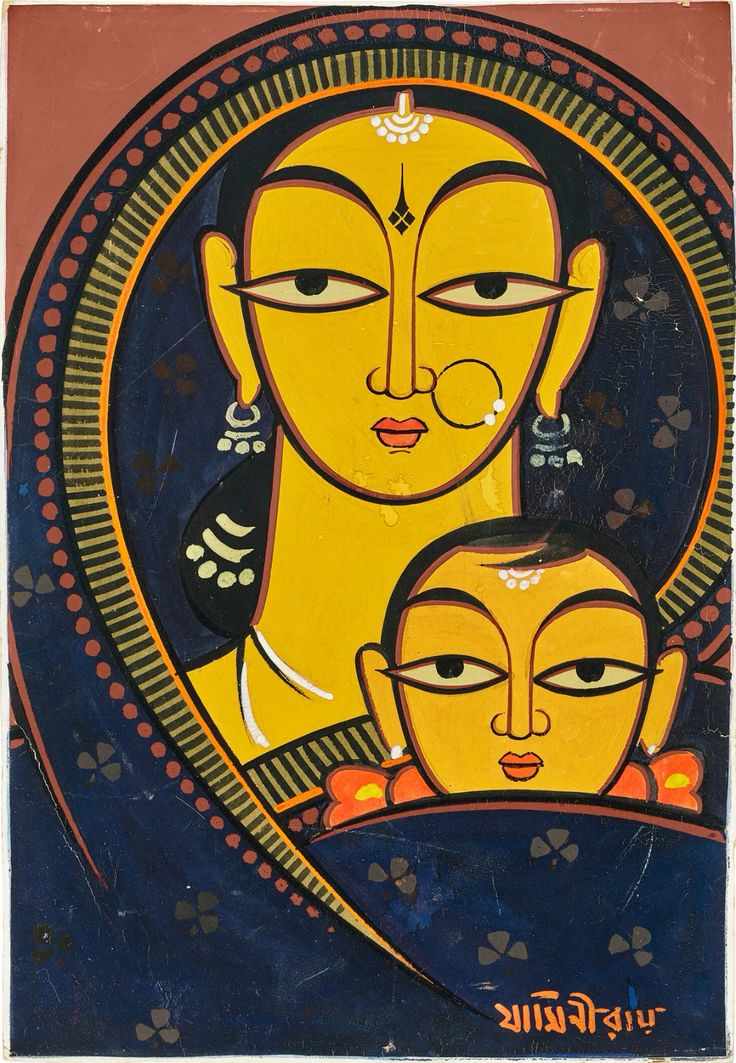
In the heart of Rajasthan's vibrant artistic tradition lies a gem of exquisite beauty and grace - Bani Thani art. This captivating form of miniature painting, originating in the princely state of Kishangarh during the 18th century, continues to mesmerize art enthusiasts with its delicate brushwork, ethereal figures, and timeless elegance. In this essay, we embark on a journey to unravel the history, meaning, expression, artistic procedure, and contemporary significance of Bani Thani art, delving into its intricate tapestry of culture, romance, and spirituality.
History
Bani Thani art traces its origins to the Kishangarh school of miniature painting, which flourished under the patronage of Maharaja Sawant Singh and his court poet and artist, Nihal Chand. It was during the reign of Maharaja Sawant Singh that the legendary love story between the king and his beloved, Bani Thani, became immortalized in art. Bani Thani, whose real name was Vishnupriya, was a singer and poetess renowned for her exceptional beauty and intellect.
The art form reached its zenith during the rule of Maharaja Sawant Singh's successor, Maharaja Prithvi Singh, who was a passionate patron of the arts. Under his patronage, the Kishangarh school of painting flourished, attracting talented artists and artisans from across the region. Bani Thani art became synonymous with the refined aesthetic sensibilities of the Kishangarh court, characterized by its lyrical compositions, ethereal figures, and intricate detailing.
Meaning and Expression
At the heart of Bani Thani art lies a celebration of love, beauty, and spiritual devotion. The paintings often depict romantic narratives, mythological themes, and scenes from everyday life, imbued with a sense of timeless elegance and grace. Bani Thani herself became the muse and embodiment of feminine beauty in Rajasthani art, her iconic features symbolizing the ideal of divine love and aesthetic perfection.
The ethereal beauty of Bani Thani art lies in its delicate brushwork, subtle colour palette, and exquisite attention to detail. The figures are rendered with a sense of serenity and poise, their expressions conveying a range of emotions from longing and devotion to ecstasy and transcendence. Through their art, the painters of Kishangarh sought to evoke a sense of rasa, or aesthetic emotion, in the viewer, transporting them to a realm of beauty and harmony.
Artistic Procedure
The creation of Bani Thani art is a labour-intensive process that requires meticulous skill, patience, and attention to detail. The artists begin by preparing the canvas or paper surface with a smooth layer of lime plaster, known as gesso. They then sketch the outline of the composition using a fine brush or stylus, followed by the application of vibrant mineral pigments mixed with natural binders such as gum arabic or egg yolk.
The painting process itself is a delicate dance of precision and finesse, with the artists using fine brushes made from squirrel hair to apply the colors in thin, translucent layers. Each stroke of the brush is imbued with intention and sensitivity, capturing the subtle nuances of expression and emotion. The intricate detailing, from the delicate features of the faces to the ornate jewelry and attire, reflects the mastery and craftsmanship of the artists.
Today's Significance:
In the modern era, Bani Thani art continues to captivate audiences with its timeless charm and elegance. While the traditional patronage of royal courts has waned, contemporary artists and collectors are rediscovering the beauty and significance of this classic art form. Bani Thani paintings adorn the walls of museums, galleries, and private collections around the world, serving as a testament to the enduring legacy of Rajasthani miniature painting.
Moreover, Bani Thani art has found new expressions and interpretations in the hands of contemporary artists. While the themes and techniques remain rooted in tradition, artists are experimenting with new styles, mediums, and narratives, breathing fresh life into this ancient art form. Through exhibitions, workshops, and cultural events, efforts are underway to preserve and promote the legacy of Bani Thani art for future generations.
In conclusion, Bani Thani art stands as a shining example of the rich cultural heritage and artistic legacy of Rajasthan. Its exquisite beauty, profound symbolism, and timeless elegance continue to inspire and enchant audiences across the globe, reminding us of the enduring power of art to transcend time and space. As we immerse ourselves in the enchanting world of Bani Thani art, we are transported to a realm of beauty, grace, and spiritual transcendence, where love and devotion reign supreme.









Write a comment ...